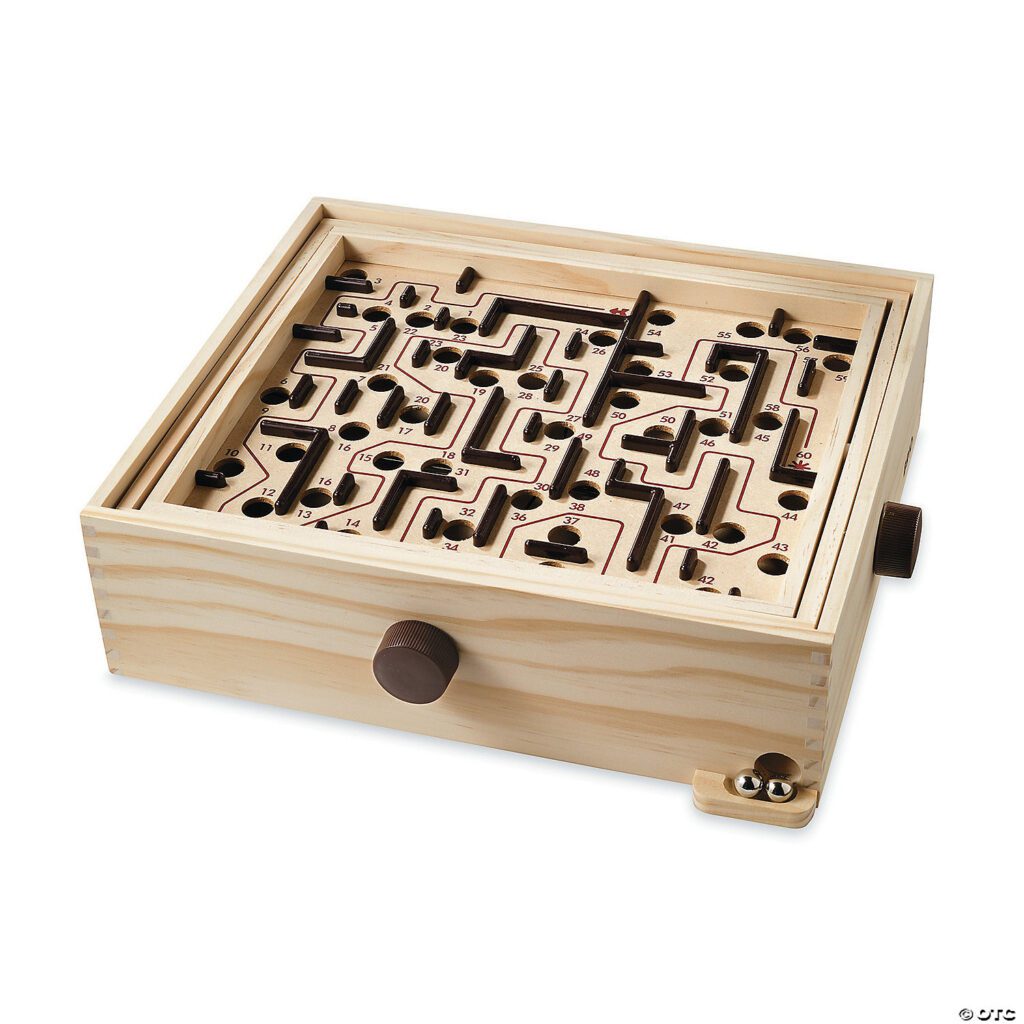Labyrinth games have been popular for centuries and have been used for meditation, religious devotion, entertainment and design. The origins of labyrinth games can be traced back to Ancient Greece, but labyrinths have also been depicted in religious manuscripts and churches during medieval times. Today, labyrinth games come in various forms, including pencil and paper mazes, physical labyrinths, board game labyrinths and video game versions. Playing labyrinth games can provide numerous benefits, such as improving problem-solving skills, providing stress relief and boosting memory and concentration abilities.
Labyrinth Games: Navigating Through the Maze of Fun
Labyrinths have been around for centuries and have been used for various purposes. From religious and spiritual traditions to architectural marvels and entertainment, the labyrinth pattern has always fascinated humans. Labyrinth games are popular among people of all ages and are enjoyed in various forms, from pencil and paper to digital versions. In this article, we will explore the world of labyrinth games, their history, and types.
History of Labyrinth Games
The origins of labyrinth games can be traced back to Ancient Greece, where they were used as a form of meditation and spiritual practice. These labyrinths were often designed to replicate the maze-like patterns of the human brain, and people would walk through them while focusing on their thoughts and finding inner peace.
In medieval times, labyrinths were depicted in religious manuscripts and churches, and their purpose shifted from spiritual reflection to religious devotion. Pilgrims would walk through the labyrinths as a form of penance or prayer.
As time progressed, the labyrinth pattern found its way into architecture and design, with labyrinths appearing in gardens, parks, and public places. In the 20th century, labyrinths became a popular form of entertainment and were used in games and puzzles.
Types of Labyrinth Games
Labyrinth games come in various forms, from pencil and paper mazes to digital versions. Here are some of the most popular types of labyrinth games:
Pencil and Paper Mazes
One of the oldest forms of labyrinth games is the pencil and paper maze. These mazes come in various shapes and sizes, from simple designs meant for young children to complicated mazes that can take hours to complete. Pencil and paper mazes are easy to create and can be enjoyed anywhere, making them a popular choice for long car rides or quiet afternoons at home.
Physical Labyrinths
Physical labyrinths are often found in gardens or public places and can be made from various materials like stone, wood, or grass. These labyrinths are meant to be walked through, and their winding paths can be used for meditation or relaxation.
Board Game Labyrinths
Board game labyrinths are a popular type of labyrinth game and have been around for decades. These games involve moving a small token or pawn through a maze-like board, with the objective of reaching the end while avoiding obstacles and challenges.
Video Game Labyrinths
With the rising popularity of video games, digital versions of labyrinth games have become increasingly popular. These video games can be played on various platforms, from PC and consoles to mobile devices, and often involve navigating a 3D maze-like environment.
Benefits of Playing Labyrinth Games
Playing labyrinth games can provide several benefits, both physical and mental. Here are some of the most prominent benefits of playing labyrinth games:
Improves problem-solving skills
Playing labyrinth games can help improve problem-solving skills and critical thinking abilities. The need to navigate through a maze while avoiding obstacles and challenges requires players to think strategically and plan their moves ahead of time.
Provides stress relief
Labyrinth games can be an excellent stress-reliever, particularly physical labyrinths, which are often used for relaxation and meditation. The act of walking through a labyrinth and focusing on the path can help calm the mind and reduce stress levels.
Boosts memory and concentration
Playing labyrinth games can also help improve memory and concentration skills. The need to remember the path through the maze and navigate through the challenges can help strengthen memory and concentration abilities.
Conclusion
Labyrinth games have a long and interesting history and are enjoyed by people of all ages. From simple pencil and paper mazes to complex video game versions, there is a labyrinth game for everyone. Playing labyrinth games can provide several benefits, from improving problem-solving skills to providing stress relief and boosting memory and concentration abilities.
